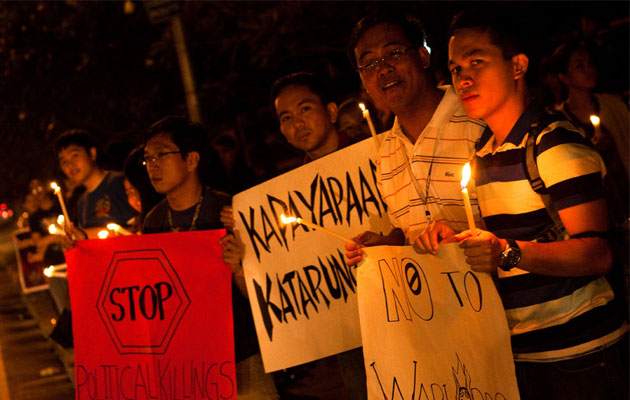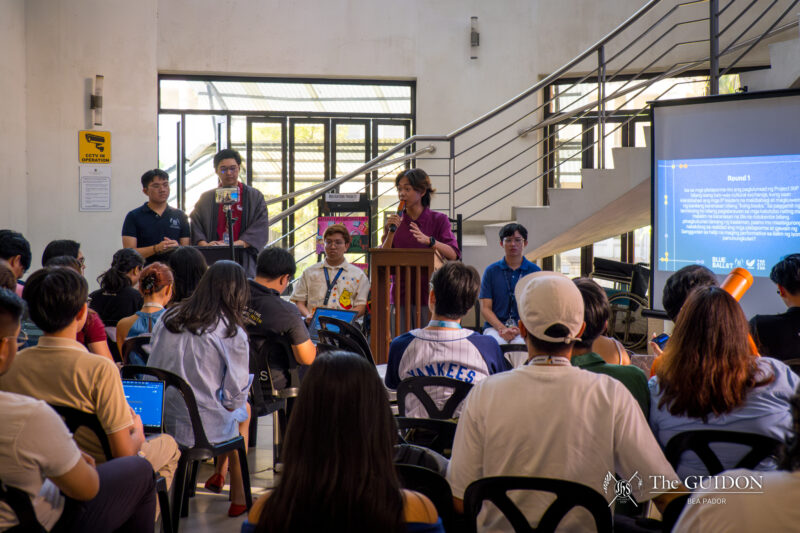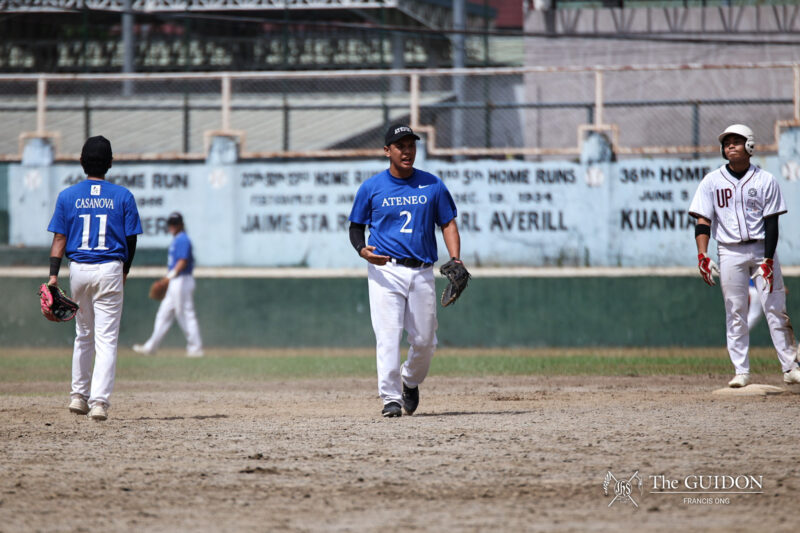Out on the streets, various groups—the youth, the unemployed, the debt-ridden, the middle class—are relentlessly fighting for equality, better lives, more stable futures. Together they confront a faceless enemy: capitalism.
THE VOICE of Karl Marx echoes on streets and tent cities around the world. In London, people have been camping outside St. Paul’s Cathedral to the dismay of bishops since October 15. In Toronto, participants are enduring a long winter season in tent encampments. Last November 2, in one of the biggest protests to date, demonstrators shut down the whole port district of Oakland, California. And last November 17, in occasion of the movement’s second month, a police-estimated crowd of 30,000 protesters gathered in Foley Square and Brooklyn Bridge in New York, injecting fresh energy into the global phenomenon right at its birthplace.
Similar demonstrations continue to take place in hundreds of cities across the world. Led by individuals leading entirely different lives, the protesters stand up for the same causes, particularly economic inequality and corporate greed. This marks the beginning of a global revolution of ordinary people who are no longer willing to tolerate an unregulated capitalist system.
It has become a global occupation.
“I have had enough”
Four words sum up the cries the protesters have been tirelessly voicing: “I have had enough.”
The protesters, particularly in the Western countries, claim to belong to the “99%.” “We are the 99%” is a political slogan asserting that the majority of the world’s resources and power are held only by the wealthiest 1%, comprised by the very few who run corporations and financial institutions.
Indeed, the effects of a global capitalist system have manifested in diverse ways: a debt crisis in the Eurozone, the late-2000s subprime mortgage crisis in the United States, and an unending global oil crisis, to name a few.
In the Philippines, grievances over the elite-dominated system are as grave, from the layoff of thousands of Philippine Airlines employees to the continued obstruction of land redistribution to the farmers.
Benjie Velasco, an official of Partido ng Manggagawa, says, “The protest camps of Palea (Philippine Airlines’ Employees Association) in Manila and Cebu are testament to the common struggle [Palea shares] with the workers of US, Europe, and the world.”
“Ang laban ng Palea ay laban ng lahat (The fight of Palea is the fight of everyone),” he says.
21st century activism
True democracy and economic equality are the battle cries of the Occupy activists. The state of the world today points to the lack of genuine social change from non-profit organizations and social responsibility programs. For the activists, this demands no less than taking it to the streets.
As of this moment, the movement is growing faster and stronger. Its collective power is made up of the protesters’ individual stories of how they have become victims of an unjust system. They will not be packing up anytime soon; each one inspires another to speak up, allowing the ripples of anger to transform into waves of change.
Some Filipino activists have echoed the Wall Street protests by staging a rally last October 15 in front of the US Embassy, and more demonstrations are being planned for December.
No one knows when this will end, or whether this will generate clear outcomes. With thousands willing to sacrifice working and school hours—braving the harsh winter and threats of arrest—this is the clearest sign of an impending war against what the 99% assert to be a cruel economy.
According to Political Science Department instructor Carmel Abao, even though it seems for now that the protesters are ineffective in influencing government policy, they will prove effective in “exposing the ills of the dominant political-economic system.”
Marx’s dream
Many criticisms have been raised regarding the value of the demonstrations. One apparent weakness of the Occupy protests is that it is not clear what they are fighting for, given the diversity of the protesters’ grievances.
Jayeel Cornelio, PhD, a sociologist and an instructor with the Development Studies Program, says, “You talk to a hundred people, you gather a hundred different responses—that’s what will happen, precisely because [the protesters] are not systematically organized.”
At the very least, the movement has become an arena showcasing overwhelming feats of social cooperation and perseverance. From an improvised book-lending facility to a soup kitchen offering free meals in the movement’s New York base, strangers are helping other strangers—a phenomenon rarely seen in such a huge scale in ordinary circumstances.
The different Occupy camps may not have clear, coherent demands just yet, but the well-organized and peaceful makeshift camps, which function almost like independent, self-sustaining cities, are already powerful statements in themselves.
The solidarity within the camps show a considerable grassroots unity, which could later transform into force advocating socialism, promoting a society where resources are shared, in the way envisioned by philosopher and economist Karl Marx.
A global consciousness
While they have literally occupied banks and financial districts, the movement still has a long way to go to truly transform the global capitalist system. Nevertheless, they have raised self-awareness among the elite and optimism among the working class.
The global Occupy movement “raises a consciousness that the capitalist system cannot go on doing business as usual,” says Cornelio. “[But] whether they can change is still something we have yet to see.”
The protests show that existing social conditions have turned out to be oppressive and destructive for most people, while uplifting and benefiting only a select few. Indeed, the last lines of The Communist Manifesto, written by Karl Marx and Friedrich Engels, now seem more relevant than ever: “The proletarians have nothing to lose but their chains. They have a world to win.”





